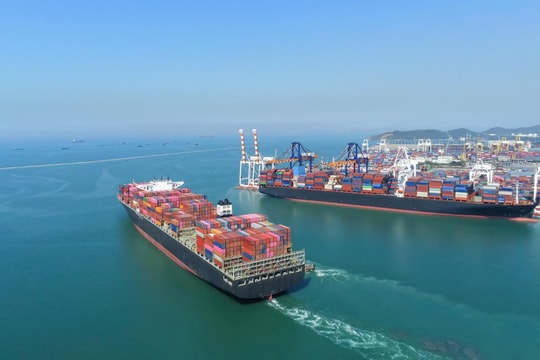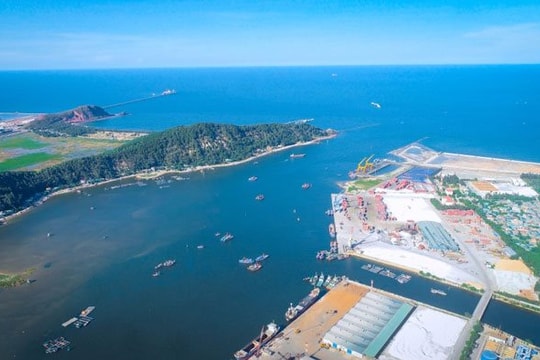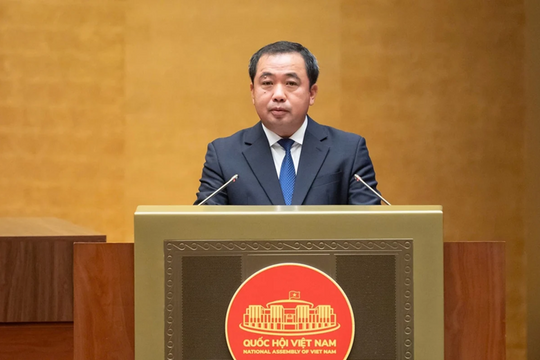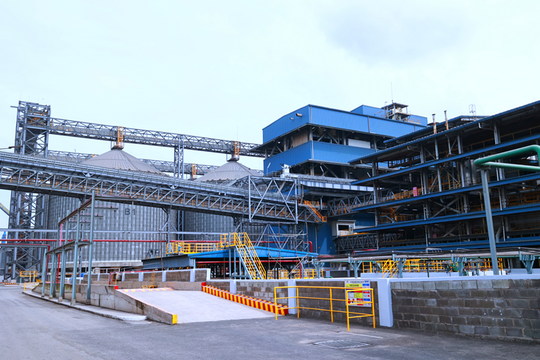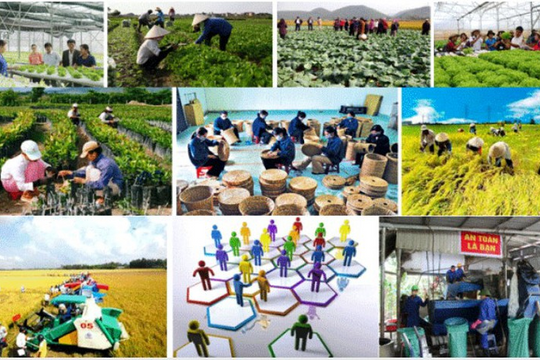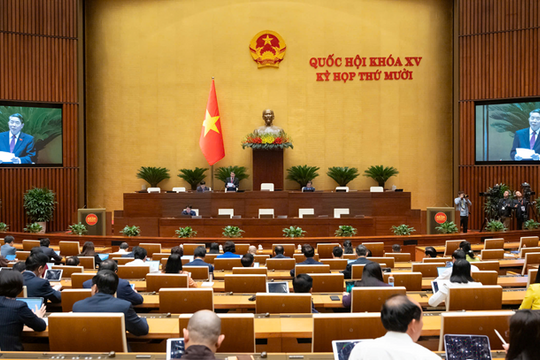Investing in Science: A Trend Among Developed Nations
Globally, developed countries prioritize investment in science and technology. The United States, Japan, and South Korea are prime examples. The U.S., allocating over 3% of its GDP to research and development (R&D), has maintained its leadership in patents and cutting-edge technologies for decades.
.jpg)
.jpg)
Meanwhile, Vietnam allocates only 0.7% of its GDP to R&D, a figure significantly lower than the global average. This presents both a challenge and an opportunity for Vietnam to refine its investment policies and attract greater resources into the scientific sector.
Resolution 57: Affirming the Role of Science and Technology
Beyond government funding, the resolution encourages private enterprises and venture capital funds to engage in scientific and technological development. The establishment of innovation support funds, startup funds, and scientific research funds is being expanded nationwide. These funds not only assist young scientists but also facilitate the commercialization of research outcomes, generating tangible economic benefits.
Notably, the development of key research centers in Hanoi, Ho Chi Minh City, and Da Nang is seen as a strategic move to attract top scientists both domestically and internationally, enhancing Vietnam’s global competitiveness.
Sustainable Benefits of Investing in Science
Investment in science delivers long-term benefits rather than immediate returns.
- First, science plays a crucial role in boosting labor productivity and economic growth. For example, Vietnam’s agricultural sector has leveraged biotechnology to develop high-yield, pest-resistant crops suited for climate change adaptation.
- Second, science addresses environmental challenges. Waste treatment technologies, renewable energy, and water conservation solutions are widely applied worldwide, reducing greenhouse gas emissions and conserving natural resources. Vietnam, committed to achieving net-zero emissions by 2050, must significantly enhance investments in these fields.
- Third, investing in science is the most effective way to build a high-quality workforce. Through scholarship programs, training, and research initiatives, the government can nurture young talents, fostering a skilled and innovative labor force.
Challenges and Strategic Directions for Science Investment in Vietnam
Despite notable progress, Vietnam’s investment in science still faces several limitations.
Research infrastructure remains inadequate, with many laboratories and research facilities lacking advanced equipment and technology. Additionally, funding allocation for research projects is often fragmented, lacking focus on high-potential sectors such as information technology, biomedical sciences, and renewable energy.
.jpg)
.jpg)
To address these issues, strategic priorities in investment must be established. The government and businesses need to collaborate closely to optimize resources while encouraging scientists to commercialize their research findings.
Moreover, policy incentives, such as tax breaks and loan support for companies investing in science, should be reinforced. This would not only boost private sector investment but also foster a sustainable research and innovation ecosystem.
Conclusion: Science as a Driving Force for Sustainable Development
Investing in science is not merely an expense but a sustainable investment in the nation's future. With clear directives from Resolution 57, Vietnam stands at a pivotal moment to advance its scientific and technological capabilities, thereby realizing its economic, social, and environmental development goals.
However, to fully capitalize on this potential, coordinated efforts from the government, businesses, and the scientific community are essential. Only by overcoming existing barriers and effectively utilizing resources can Vietnam build a modern, innovative scientific sector that serves as a primary driver of the nation’s sustainable development.


.jpg)
.jpg)

.jpg)
.jpg)
.jpg)

.jpg)
.png)



